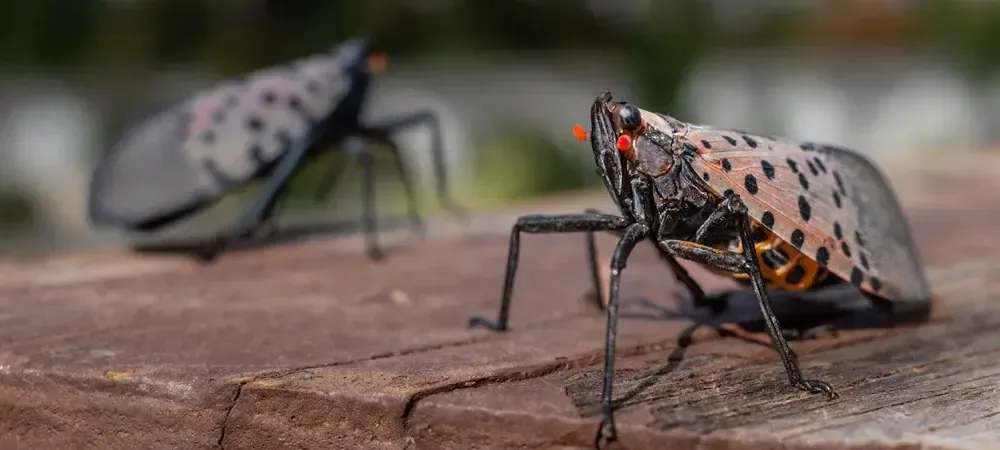Spotted Lanternflies in PA: Everything You Need to Know

The Spotted Lanternfly, an invasive insect native to Asia, has become a major concern in Pennsylvania. This destructive pest poses a significant threat to the state's agriculture industry and natural ecosystems. It is crucial to be informed about the Spotted Lanternfly and take necessary measures to control its population. In this article, we will explore various aspects of this invasive species and provide you with comprehensive knowledge to combat this pest effectively.
Identifying the Spotted Lanternfly
The Spotted Lanternfly can be easily recognized by its distinct appearance. It has vibrant red wings with black spots, making it stand out among other insects. This pest feeds on the sap of various plants, including grapevines, fruit trees, and hardwoods. Understanding its physical characteristics allows for quick identification and action.
Spotted Lanternfly Predators
While the these pests may seem resilient, nature has provided a natural balance through the presence of predators. Several species, including birds, spiders, and other insects, prey on these pests, helping control their population. Additionally, certain fungi and microbial agents have been studied as potential biological control methods. By understanding and promoting the natural enemies of the Spotted Lanternfly, we can assist in mitigating their impact on the ecosystem.
The Spotted Lanternfly Life Cycle
To effectively control the infestation of Spotted Lanternflies, it is essential to understand their lifecycle. These insects undergo a complete metamorphosis in their year-long lifespan, beginning as eggs deposited on tree bark during the late summer. In the spring, the black nymphs with white spots emerge and start feeding on plant sap. Throughout their maturation process, they shed their exoskeleton multiple times until they eventually reach adulthood. During this stage, they continue to feed on plants, causing damage and facilitating further infestation.
Are Spotted Lanternflies Dangerous?
Although the Spotted Lanternfly primarily targets plants, their presence can still pose risks to humans and animals. These insects are known to swarm in large numbers, causing inconvenience and annoyance. Moreover, the honeydew they excrete can create a slippery surface, increasing the likelihood of accidents. Additionally, the insects can inadvertently hitchhike on vehicles, wood, or other objects, facilitating their spread to new areas. To prevent the further expansion of their population, it is crucial for individuals to remain vigilant and report any sightings promptly.
Threats to Local Agriculture
One of the primary concerns associated with the Spotted Lanternfly is their impact on agricultural crops. These pests feed on a wide range of plants, including grapevines, fruit trees, and hardwoods. The excessive feeding can weaken the plants, hindering their growth and productivity. Furthermore, the insects excrete a sticky, sugary substance known as honeydew, which promotes the growth of sooty mold, further damaging the affected vegetation. This poses a severe threat to the economic stability of the agricultural industry in Pennsylvania.
Professional Spotted Lanternfly Exterminators
As the Spotted Lanternfly continues to spread in Pennsylvania, it is crucial for individuals, communities, and the authorities to take action. By identifying and reporting sightings, implementing control measures, and raising awareness, we can combat the invasive species effectively. If you've encountered an infestation on your property, turn to the experts at Witt Pest Management for spotted lanternfly control services. Stay vigilant and contribute to the collective effort in protecting Pennsylvania's agriculture and natural ecosystems from the threat posed by the Spotted Lanternfly.
